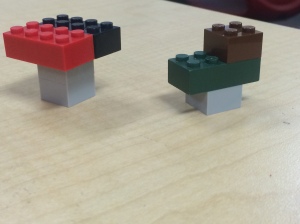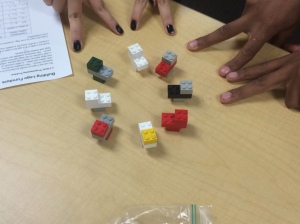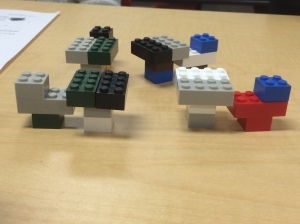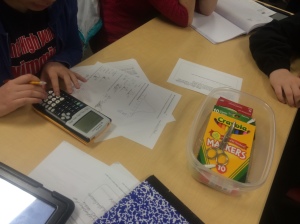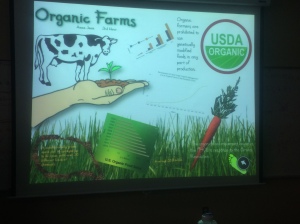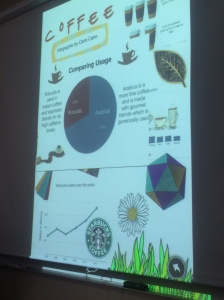I’m reading Making it Stick written by Brown, Roedigger, and McDaniel this summer. I’ve blogged previously about my learning here and here. Chapter three of this book emphasizes using various retrieval practice techniques. Here are a few takeaways from this chapter.
- Retrieval Practice should be spaced: According to the authors spacing practice initially feels less productive but in the long-term promotes “durable learning”.
- Retrieval Practice is most effective if is interleaved: Cumulative review and cycling back develops discernment skills and retention.
- Varying retrieval practice: Critical for discernment and long-term retention as well.
- Discernment promotes higher learning: Finding differences is more beneficial for learning and retention than finding common traits or similarities.
- When asked, kids still report they prefer massed learning: I guess teachers and learners both have some bad habits to shake off.
I am enjoying this text and am excited to try out my new learning with my classes and with my own children. I will be starting my 27th year very soon and hope to be a roll model for life long learning for my colleagues.
Still Getting After It,
Julie
